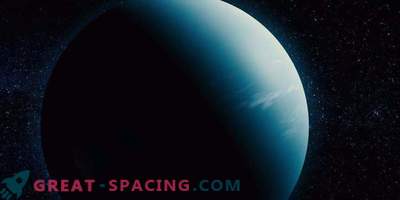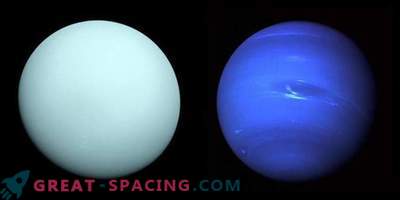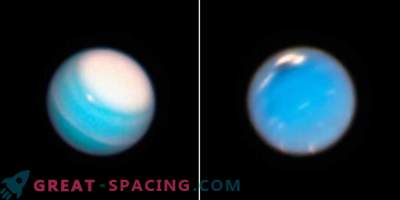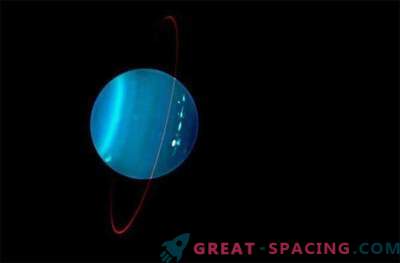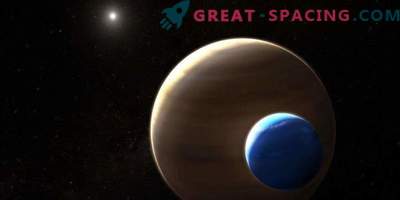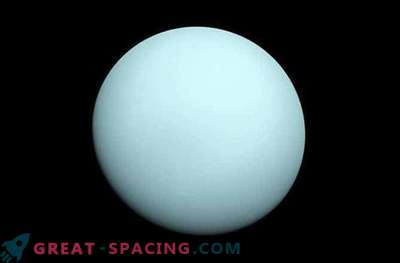
Uranus crescent image obtained by Voyager 2 on January 24, 1986. Before you ice atmosphere. Despite the proximity of the span, the composition up to this point remained a mystery
Hydrogen sulfide (gas, due to which rotten eggs emit a special smell) permeates the upper atmosphere of Uranus. This issue was discussed for a long time, but no one could find evidence. But thanks to the sensitive spectroscopic observations of the Gemini North telescope, it was possible to fix the poisonous gas swirling in the cloudy tops of the planet.
Uranus has long kept the secret of the composition of the clouds, which did not open even after the passage of the ship Voyager-2. Now, the key element was able to confirm. Gemini data (8-meter telescope), obtained using a NIFS spectrometer, showed reflected sunlight from the area above the visible cloud layer of the atmosphere of Uranus. These lines were on the verge of detection and made possible for observation solely due to the sensitivity of the NIFS.
The analysis performed is considered an innovative example of the use of a tool originally created to study the explosive environment around huge black holes in the centers of distant galaxies. Scientists have long discussed the composition of Uranus, suggesting that hydrogen sulfide or ammonia are the dominant element at the top of the clouds. Only now the culprit is found. The presence of hydrogen sulfide contrasts sharply with the internal gas giants (Jupiter and Saturn), where ammonia is in its place. These differences say a lot about the nuances of the process of planetary formation.
Some believe that the differences (between the ice and gas giants) were imprinted at the time of the birth of these worlds. During the formation of our system, the balance of nitrogen and sulfur was determined by the temperature and location of the planets. In addition, it hints that the giants of the system have migrated from the original place of origin.
It is also interesting to understand what effect Uranium hydrogen sulfide will produce on people in low concentrations, reaching only the tops of the cloud cover. Well, such a bold astronaut would be lucky to find himself in unpleasant conditions. But it's not just the stench. Perhaps he would not even have felt anything, since he had frozen at temperatures below -200 ° C. Although this world is unfavorable for earthly colonists, we have received fertile ground for studying the early history of the solar system.
